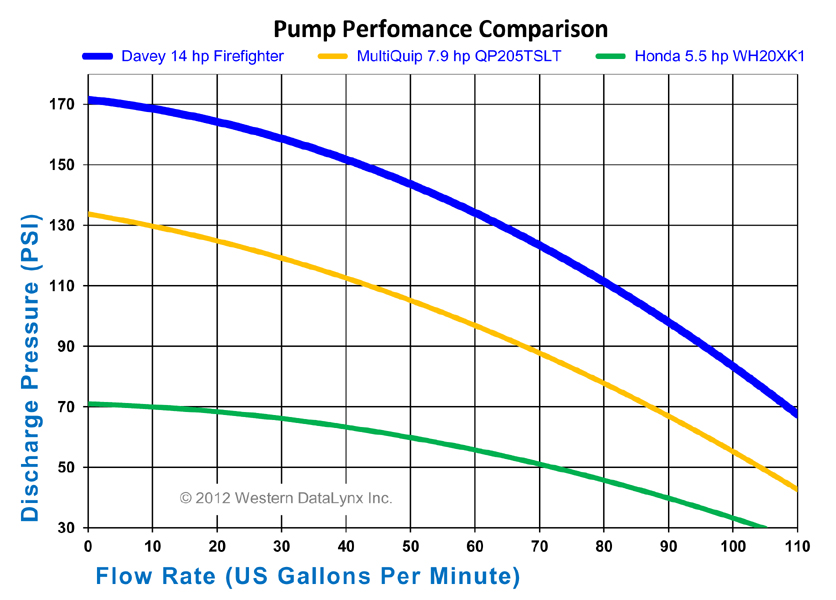Here is vid to give you idea of scenario.
https://www.youtube.com/watch?v=zP53h5yrE48
And here is the question :-
The car in the picture is lifted by eight jets of water issuing from nozzles with outlet diameters of 50mm. The delivery rate from two fire tenders is 88 gallons per minute per tender, at a pressure of 15 psi through 80mm hose. What is the combined mass of the rig?
How the fook do you work that out?






 Reply With Quote
Reply With Quote






